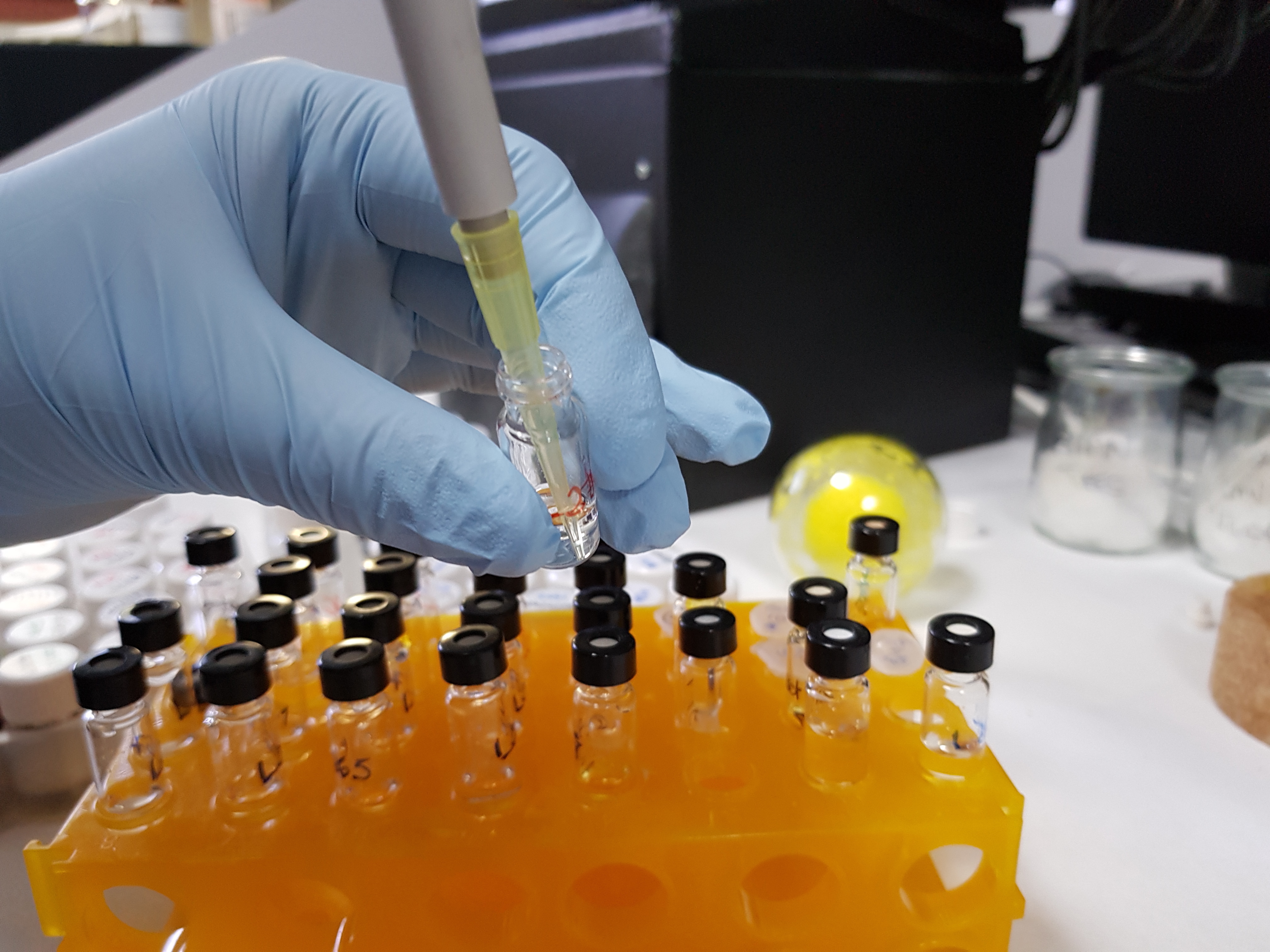
A recent publication in Nature Communications by the team led by Dr. Ruth Pérez, a tenured scientist in the Translational Medicinal and Biological Chemistry group at the Margarita Salas Center for Biological Research (CIB-CSIC), reported a mechanism to speed up thiol-disulfide exchange in molecular networks involving dynamic exchanging chemical species. The strategy requires the use of a biomimetic Selenocysteine system as a catalyst to accelerate thiol-disulfide exchange at physiological pH and low temperatures.
Pérez’s team studies in the Systems Chemistry field are focused on complex chemical networks and their application in biological environments. It often demands that dynamic combinatorial chemistry takes place under physiological conditions. Thiol-disulfide exchange, one of the most popular dynamic combinatorial chemistries, usually needs long equilibration times to reach the required equilibrium composition, so strategies to speed up this process would be desirable.
Canal-Martín et al. have chosen a strategy inspired by Nature to accelerate a thiol-disulfide exchange, focusing on one of the antioxidant systems in mammalian cells, the thioredoxin system, applying its redox strategy to an evolvable chemical network. The team has developed a strategy to speed up a dynamic chemical system based on thiol/disulfide exchange by using selenocysteine and has demonstrated its application to protein folding under different conditions.
Reference:
Biomimetic selenocystine-based dynamic combinatorial chemistry for thiol-disulfide exchange. A. Canal-Martín, R. Pérez-Fernández (2021) Nat. Commun. DOI: 10.1038/s41467-020-20415-6

